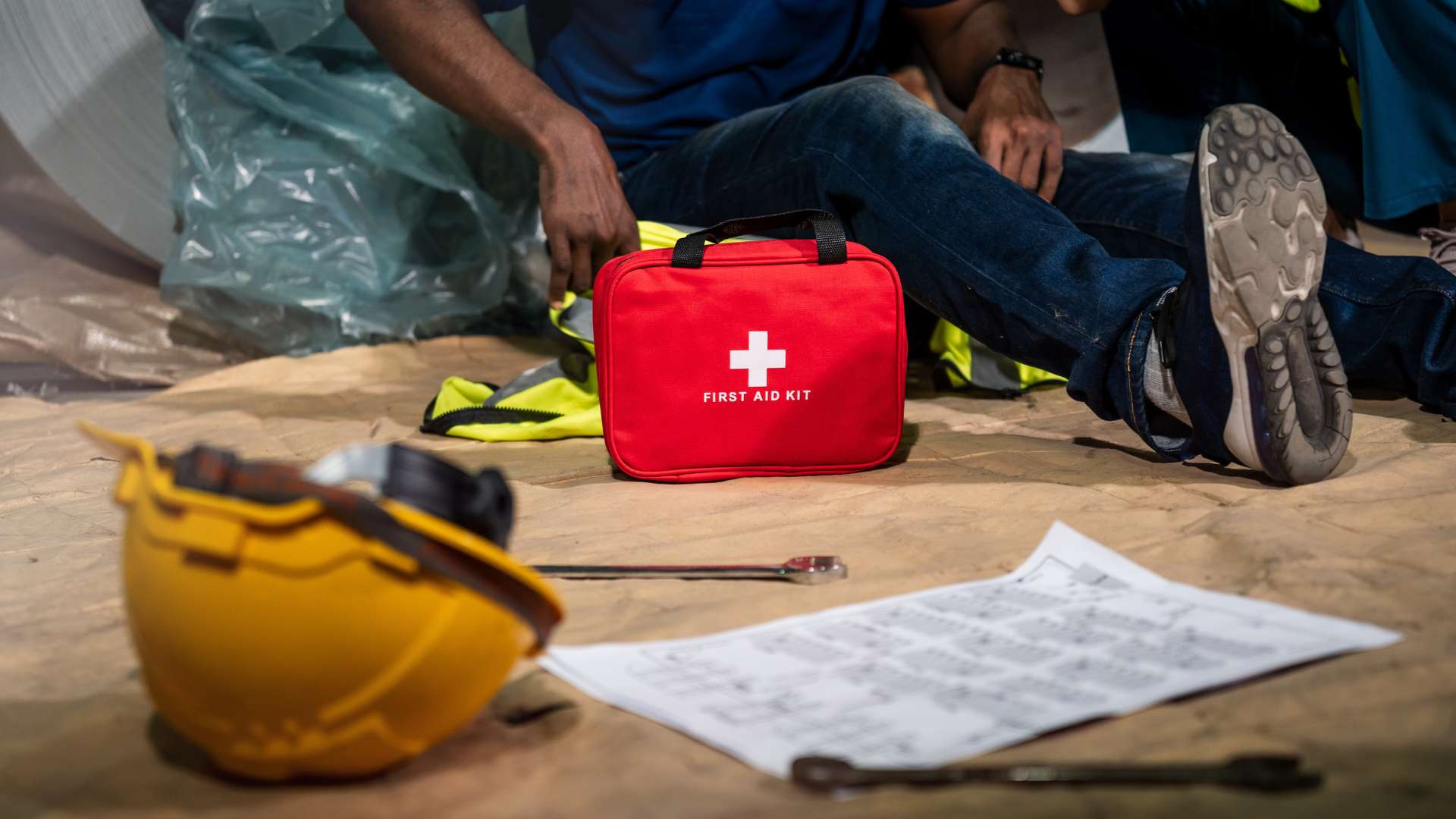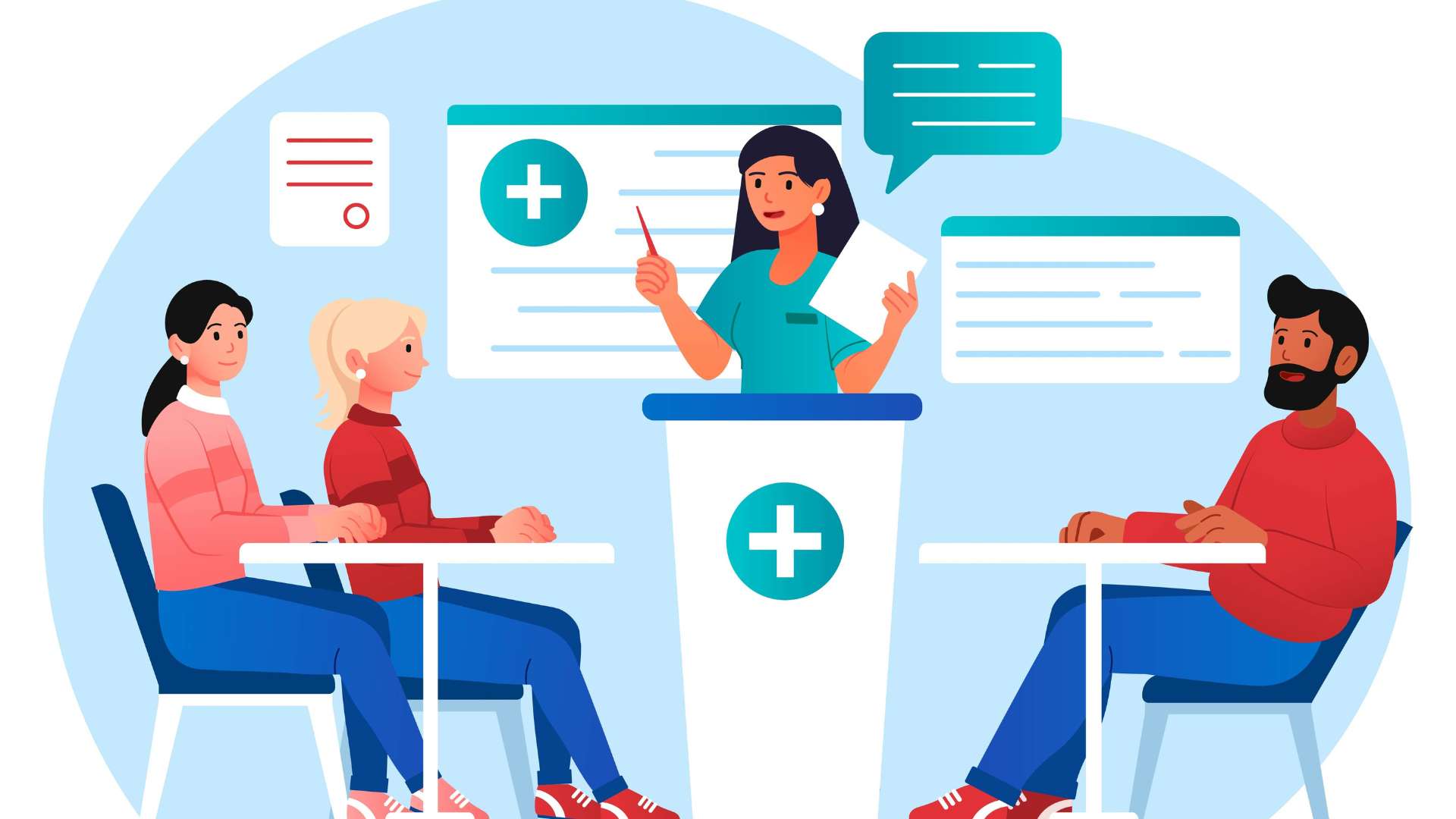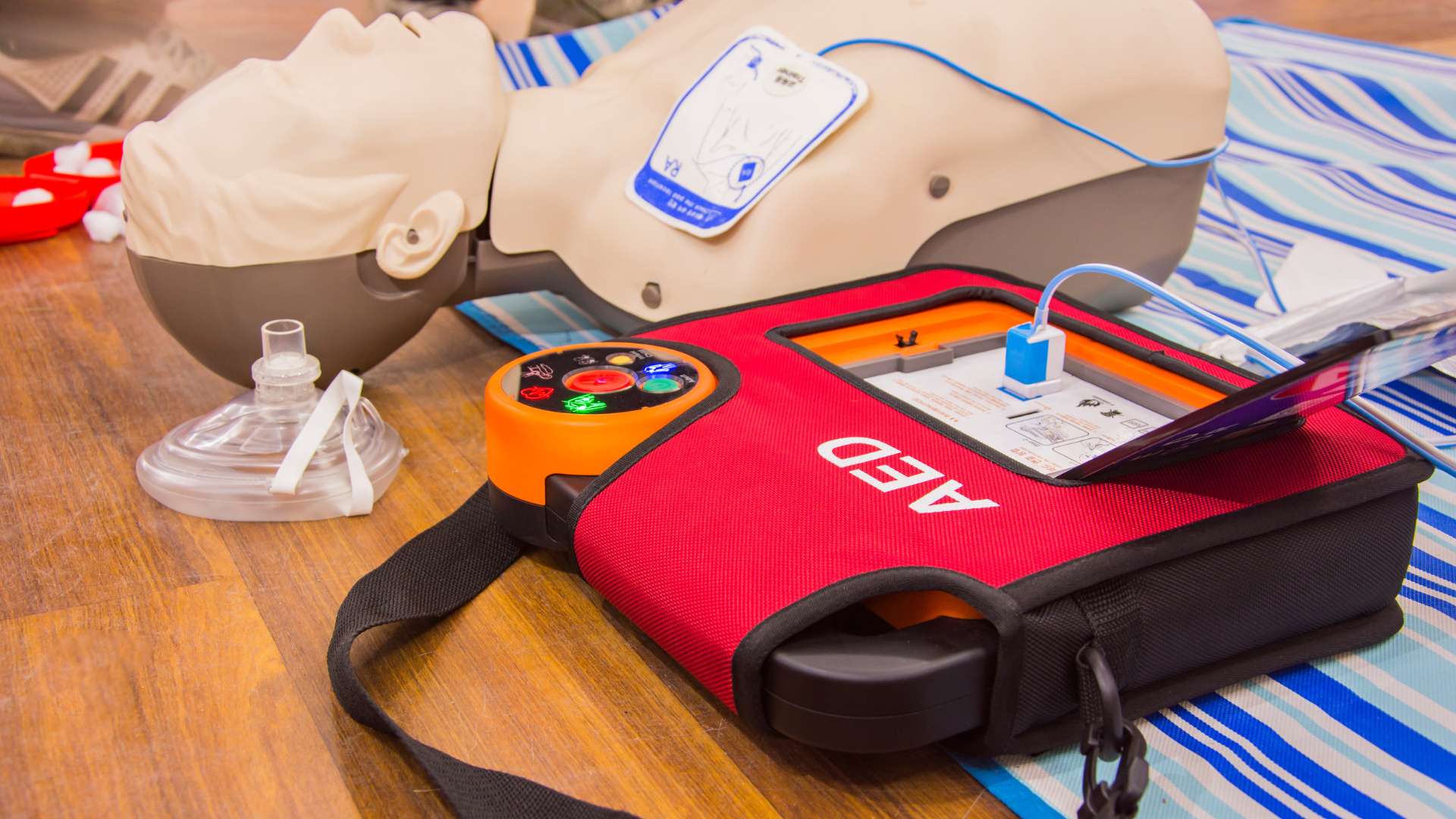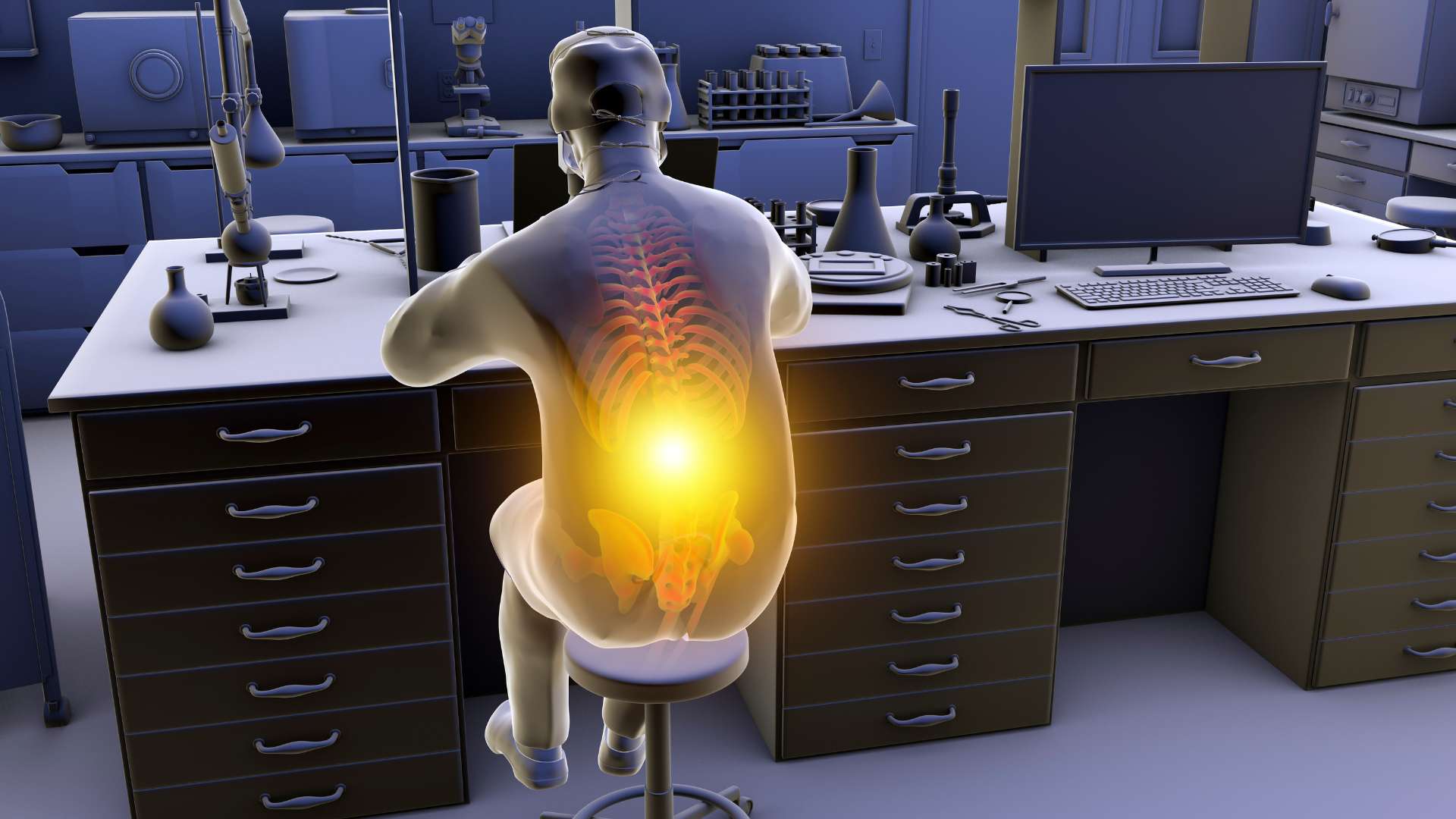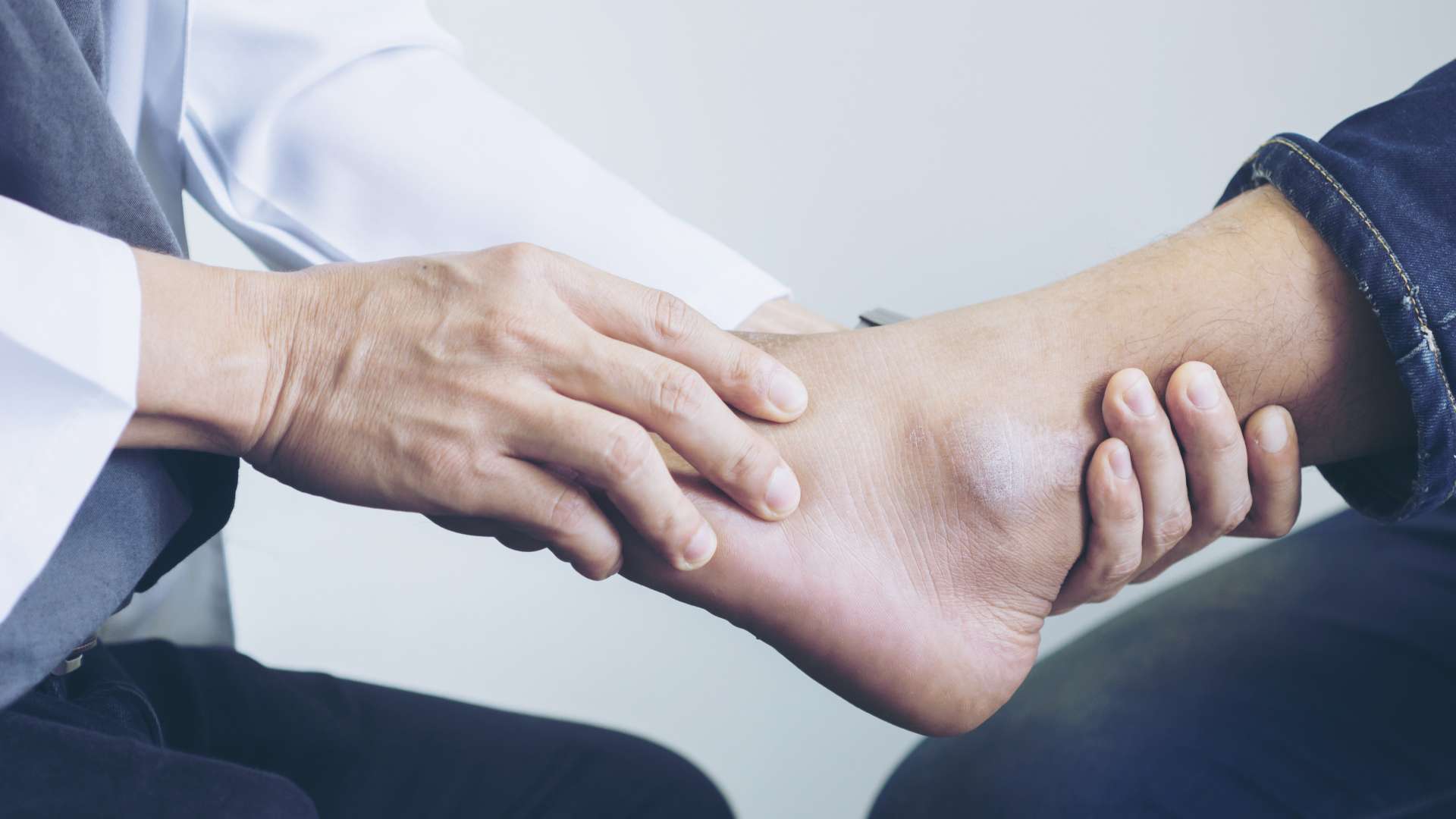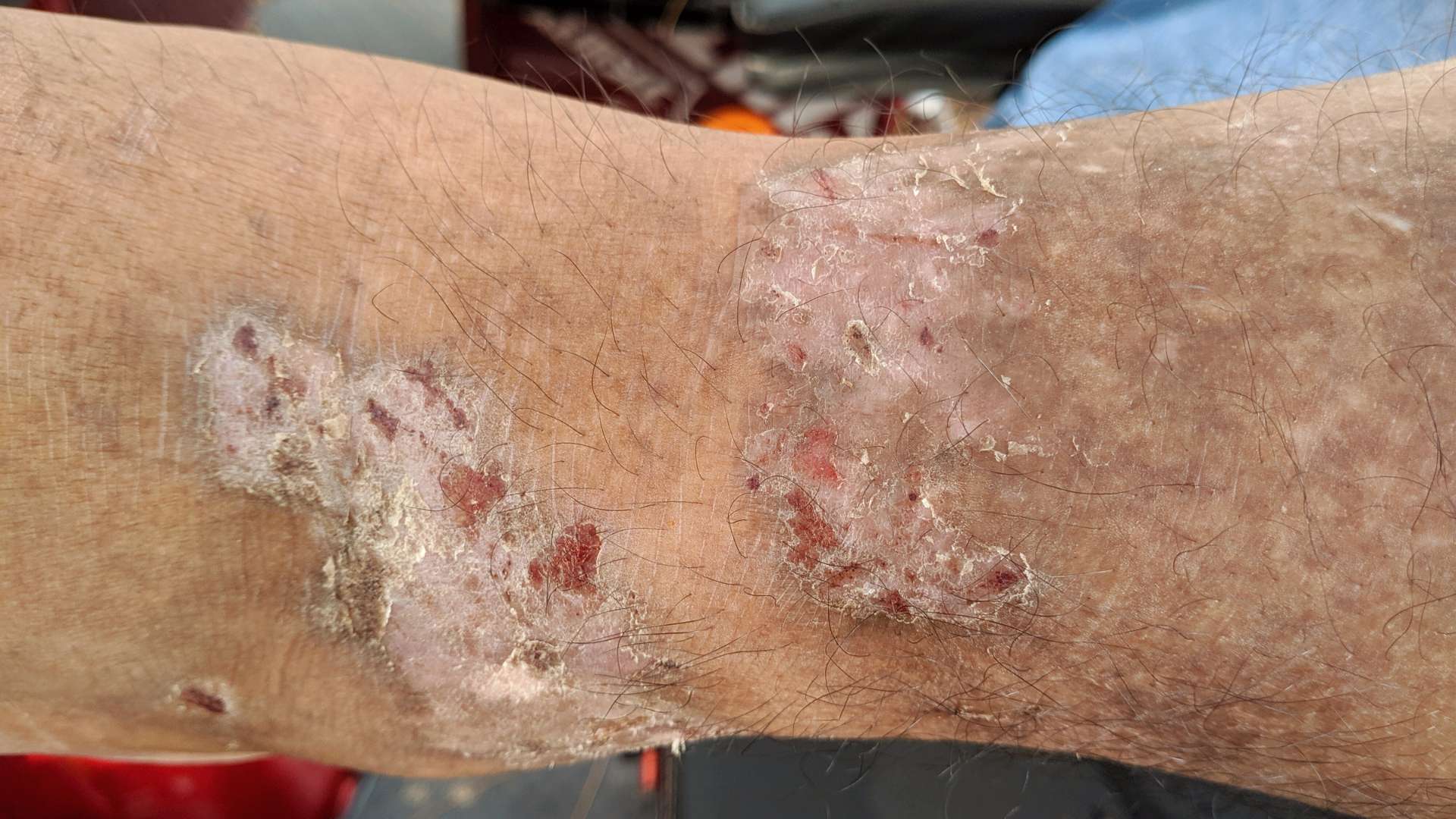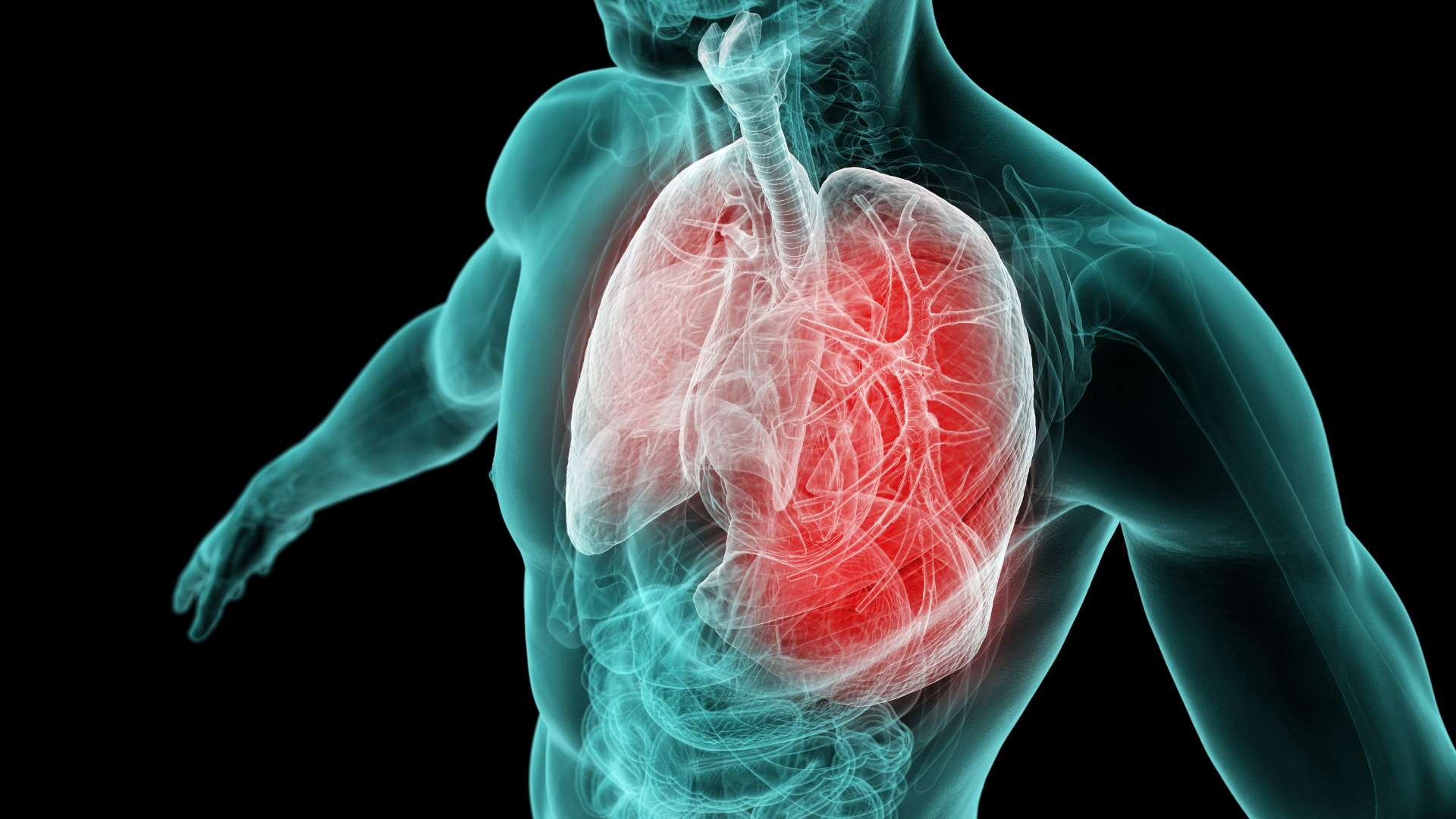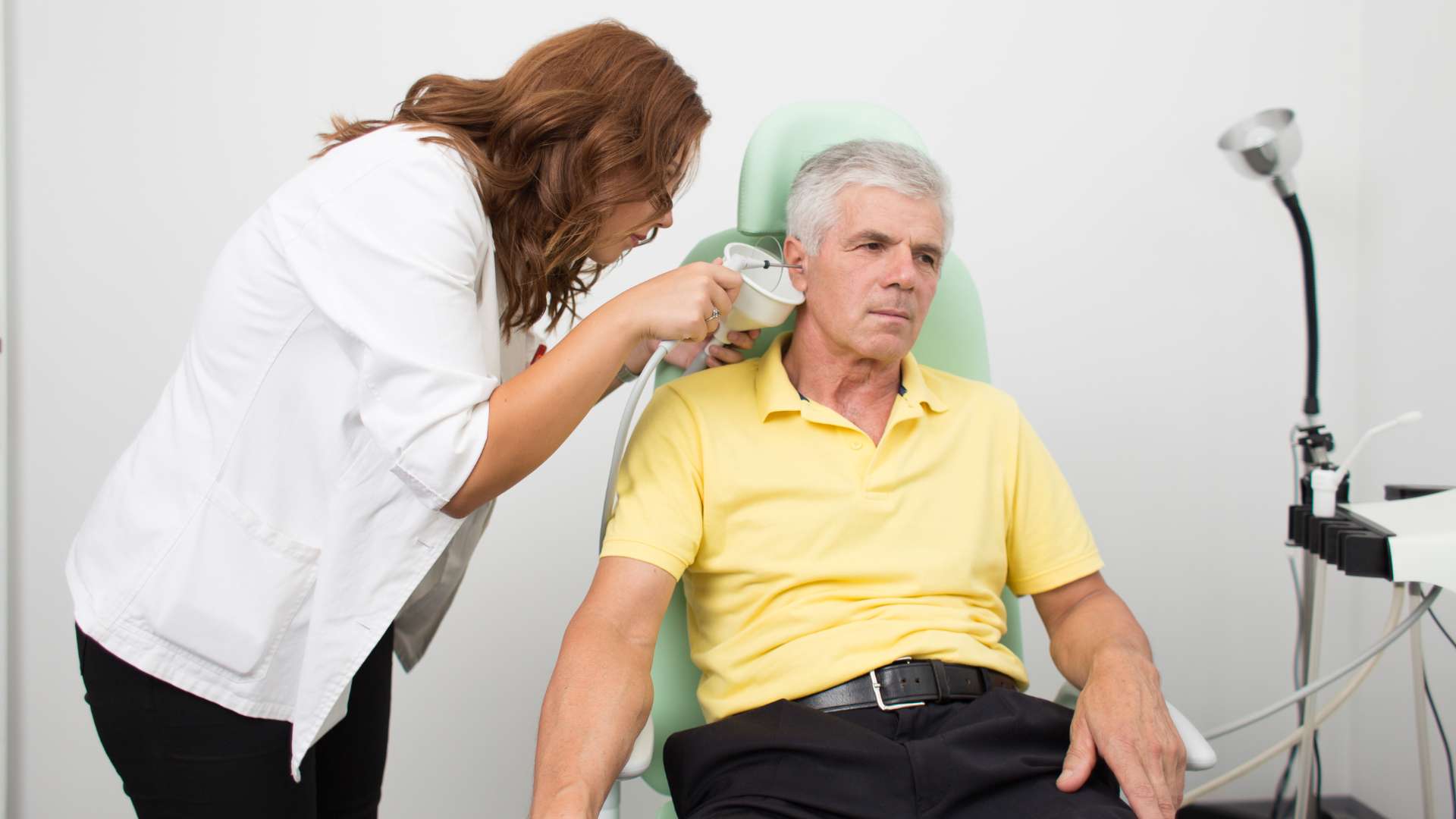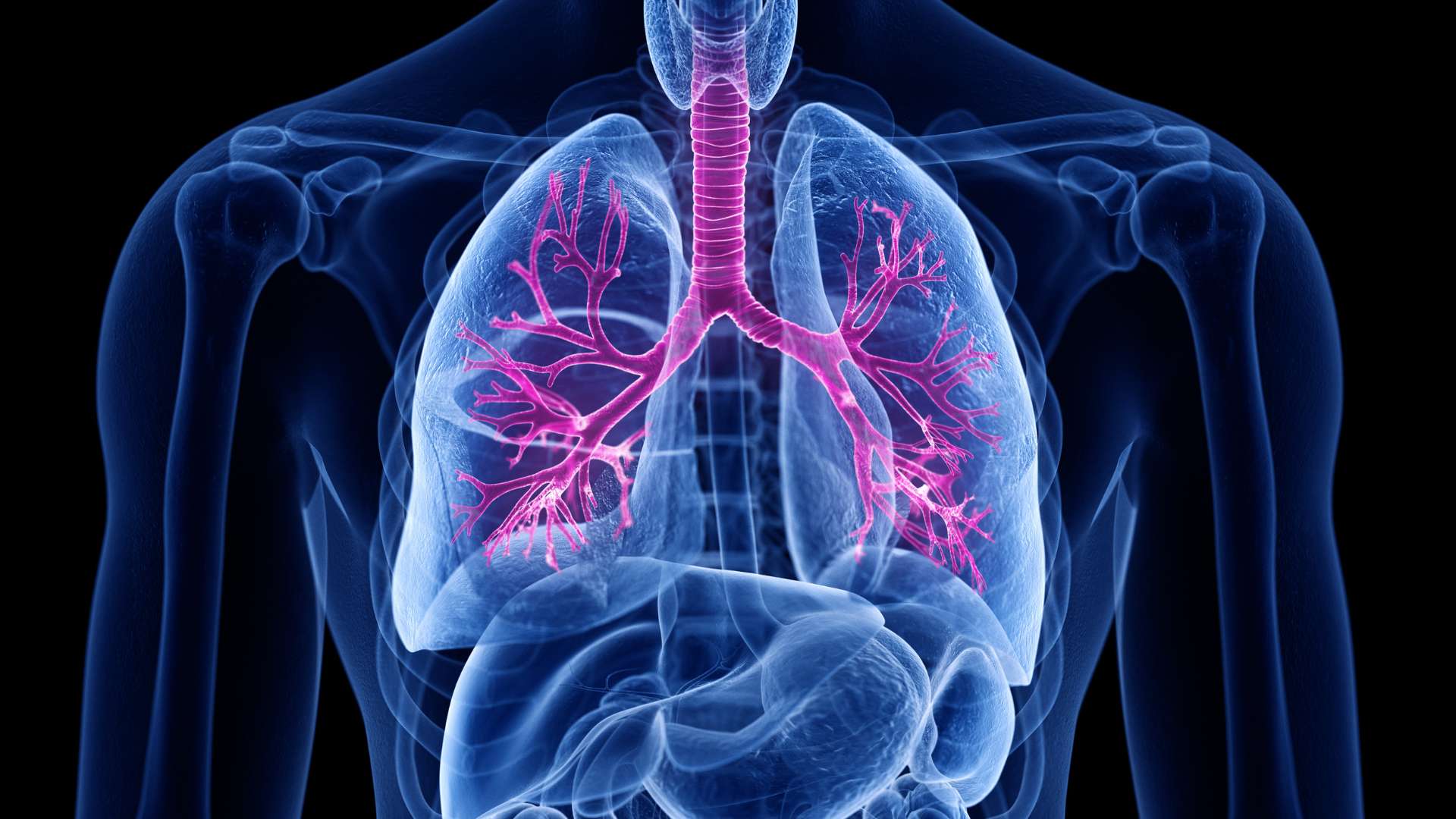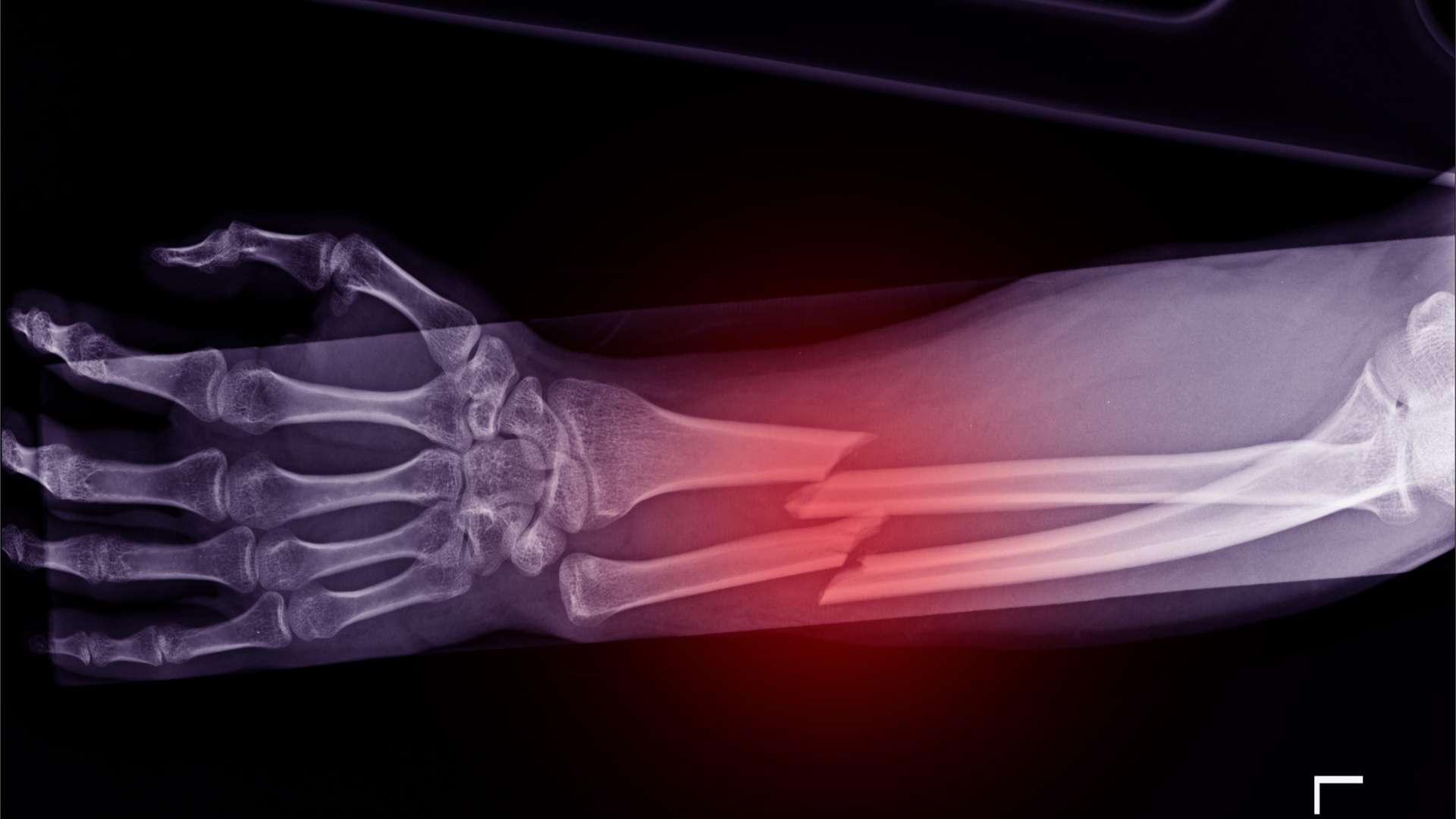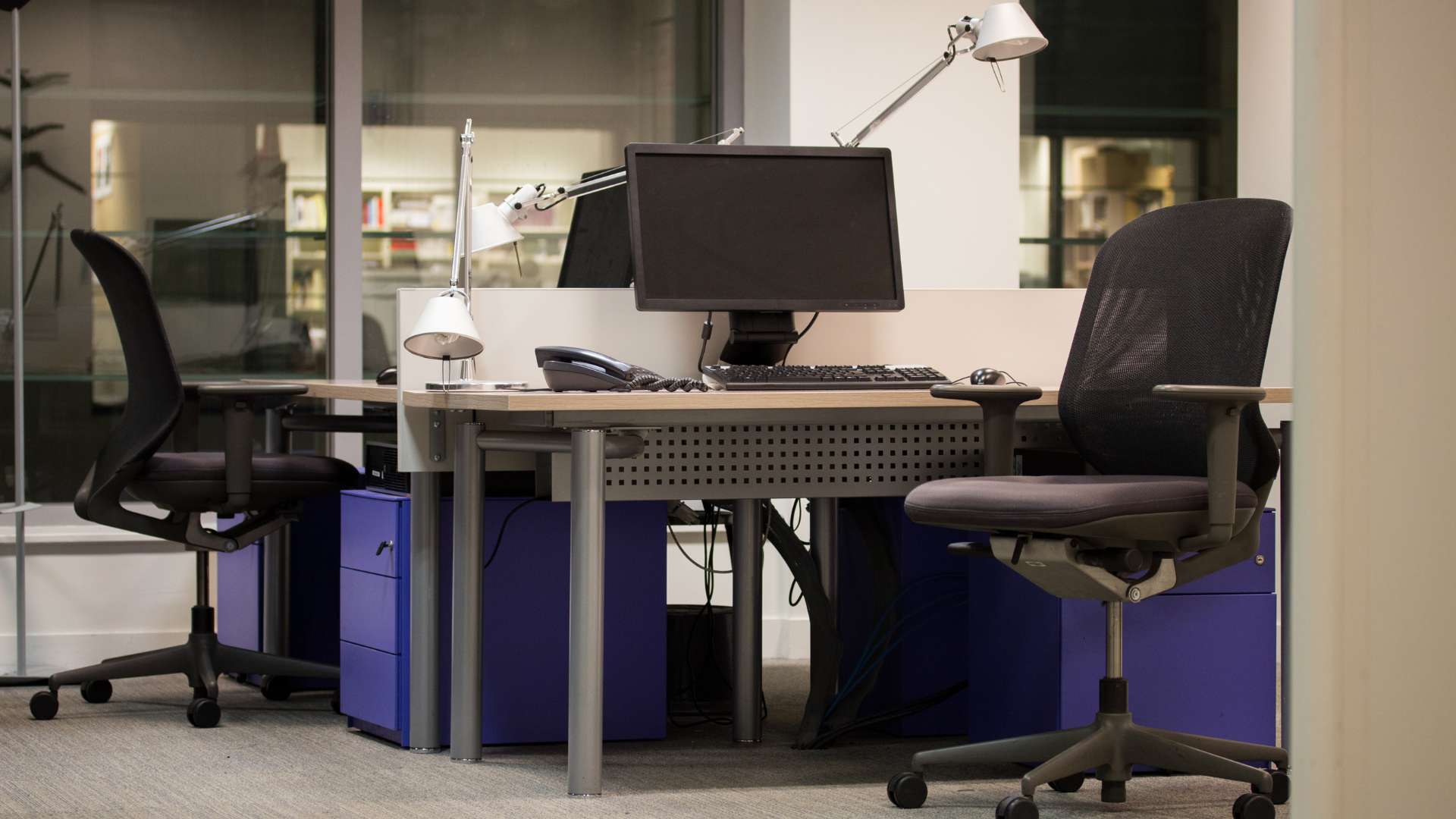Understanding Minor Illnesses and Injuries
Minor illnesses are non-life-threatening health conditions that typically do not require emergency medical attention but may cause discomfort or temporary impairment. Minor injuries, on the other hand, are physical damages to the body that are not severe but still require proper care and attention.
Types of Minor Illnesses and Injuries in Various Occupational Industries
Different industries may present unique risks for minor illnesses and injuries. Some examples include:
Office Environments: Common minor illnesses in office settings include the common cold, flu, and minor digestive issues. Minor injuries may result from slips, trips, and falls, causing sprains or bruises.
Manufacturing and Construction: Workers in these industries may be prone to minor respiratory issues due to dust or fume exposure. Minor injuries may include cuts, abrasions, and minor burns from equipment or tools.
Foodservice: Minor illnesses in this industry can include food poisoning or minor gastrointestinal discomfort. Minor injuries may occur while handling knives or hot equipment.
Caring for Minor Illnesses and Injuries Before Medical Attention
Prompt and proper care can help manage minor illnesses and injuries until the affected person can receive medical attention:
Minor Illnesses: Encourage affected employees to rest, hydrate, and avoid contact with other employees to prevent the spreading of the illness. Over-the-counter medications can help alleviate symptoms of minor illnesses like colds or headaches.
Minor Injuries: Clean minor wounds with soap and water, apply antiseptic, and cover with a sterile bandage to prevent infection. For minor sprains or strains, encourage rest, ice, compression, and elevation (RICE) until medical evaluation.
Causes of Minor Illnesses and Injuries in the Workplace
Work environments, substances, and tasks can contribute to minor illnesses and injuries. Factors may include:
Poor Ergonomics: Inadequate workplace ergonomics can lead to musculoskeletal issues and discomfort.
Chemical Exposure: Some industries involve handling chemicals that can cause skin irritation or respiratory issues.
Slips, Trips, and Falls: Uneven surfaces or cluttered walkways can lead to minor injuries.
Preventing Minor Illnesses and Injuries through Education
Proper education is crucial in preventing minor illnesses and injuries in the workplace. Occupational Health Services can help implement preventive strategies:
Health and Safety Training: We provide comprehensive training on workplace safety, ergonomics, and proper handling of hazardous materials.
Workplace Assessments: We conduct thorough assessments to identify potential hazards and provide recommendations for preventive measures.
Wellness Programs: We design customized wellness programs to promote healthy habits and reduce the risk of illnesses and injuries.
Assisting Business Owners and Employees with Preventive Measures
Occupational Health Services is dedicated to supporting both employers and employees in managing minor illnesses and injuries:
Safety Protocols: We collaborate with employers to implement safety protocols that prioritize employee well-being and minimize the risk of minor incidents.
Health Screenings: We conduct regular health screenings to identify potential health risks and provide early intervention.
Injury Prevention Programs: We develop tailored injury prevention programs to address specific risks in your industry.
Promote a Safer and Healthier Workplace with Occupational Health Services
Occupational Health Services can help create a safe and thriving work environment focused on employee health and well-being. Read more about our services and resources to learn how we can help your business.


